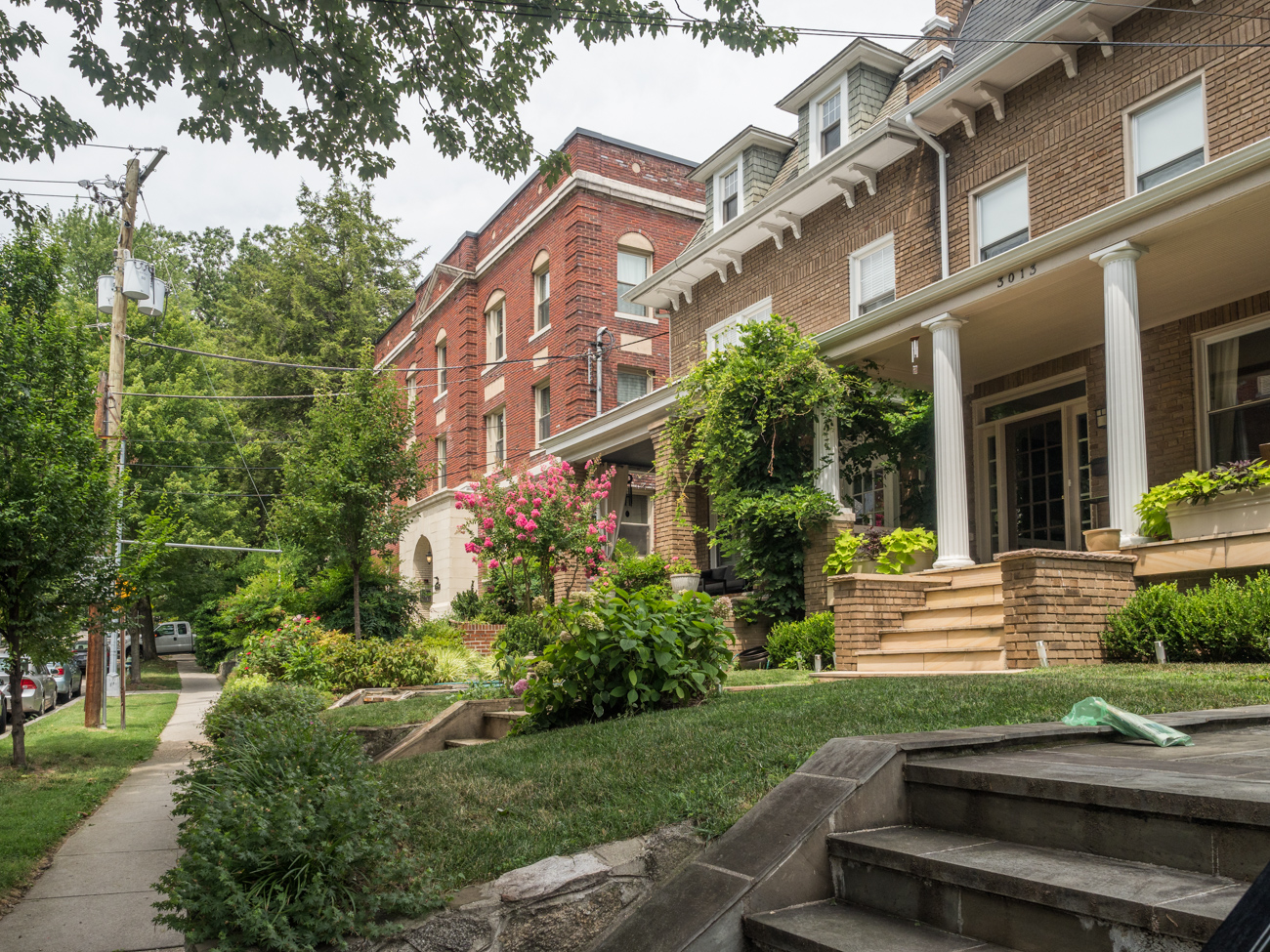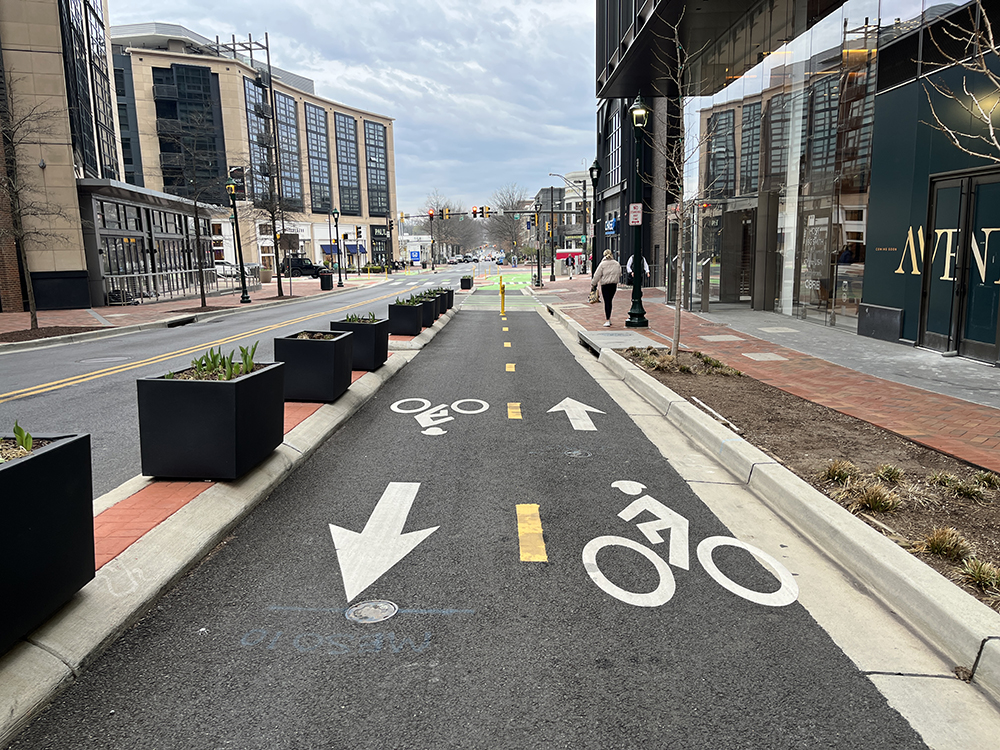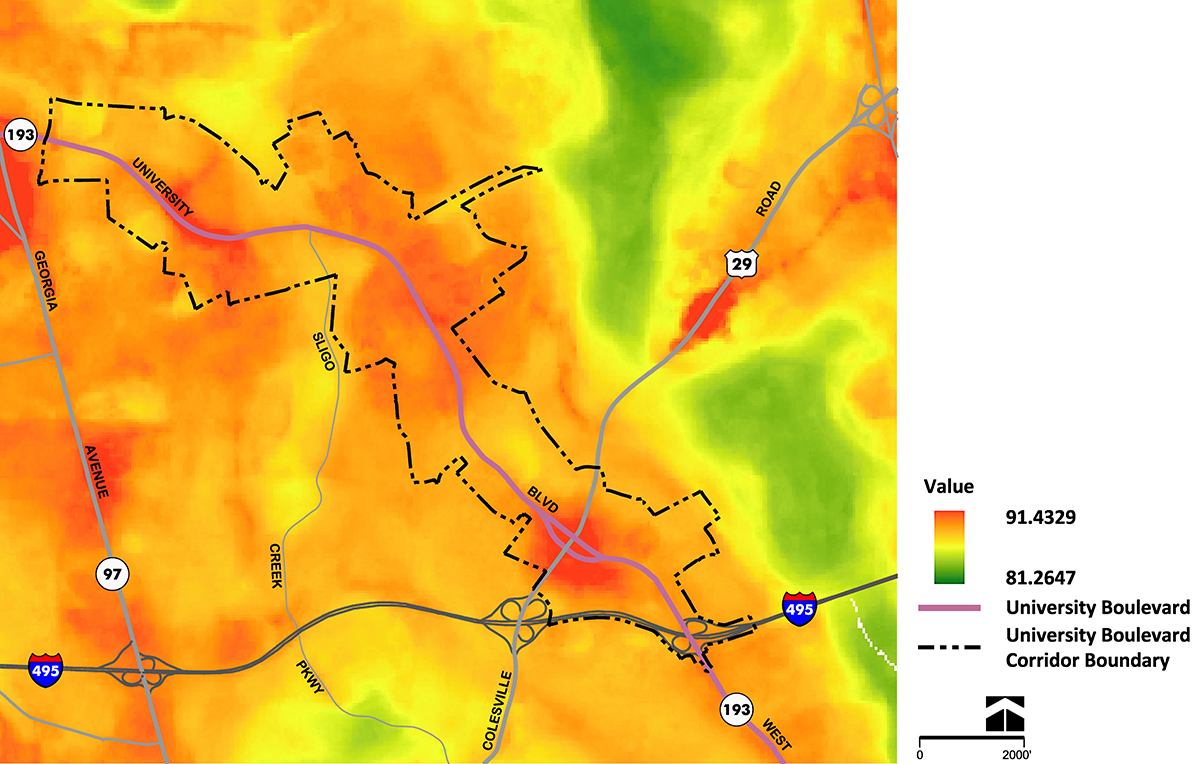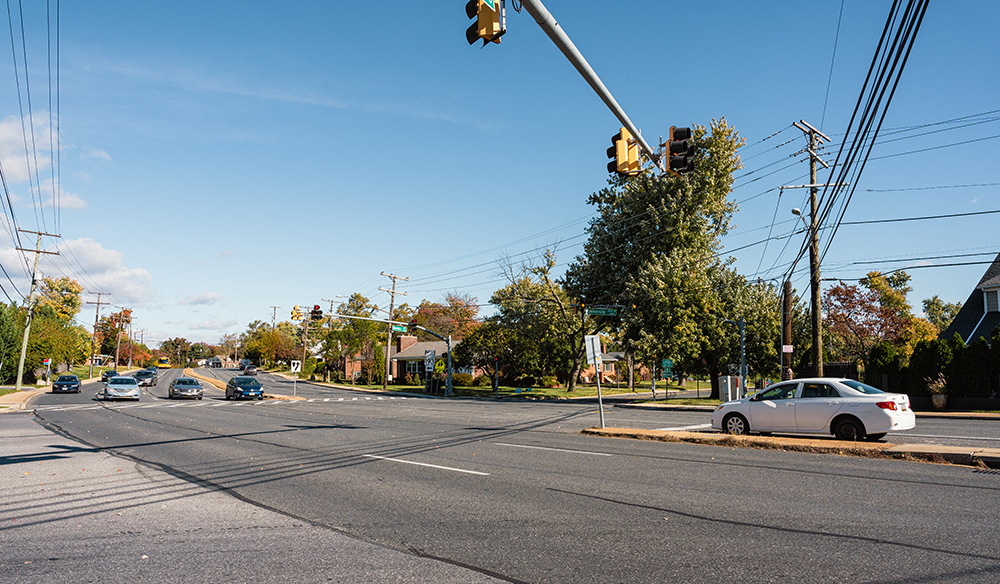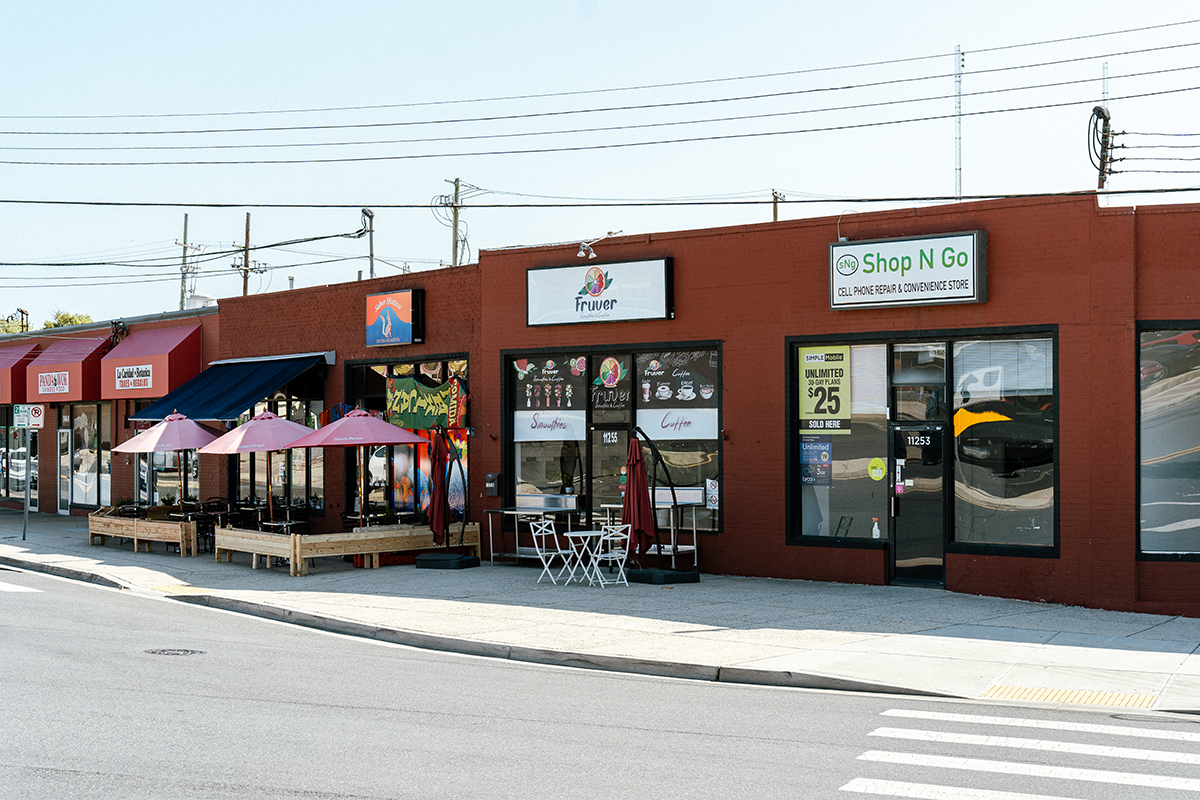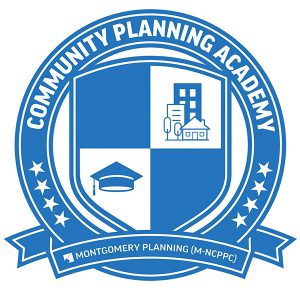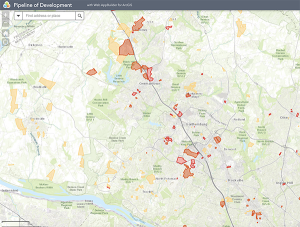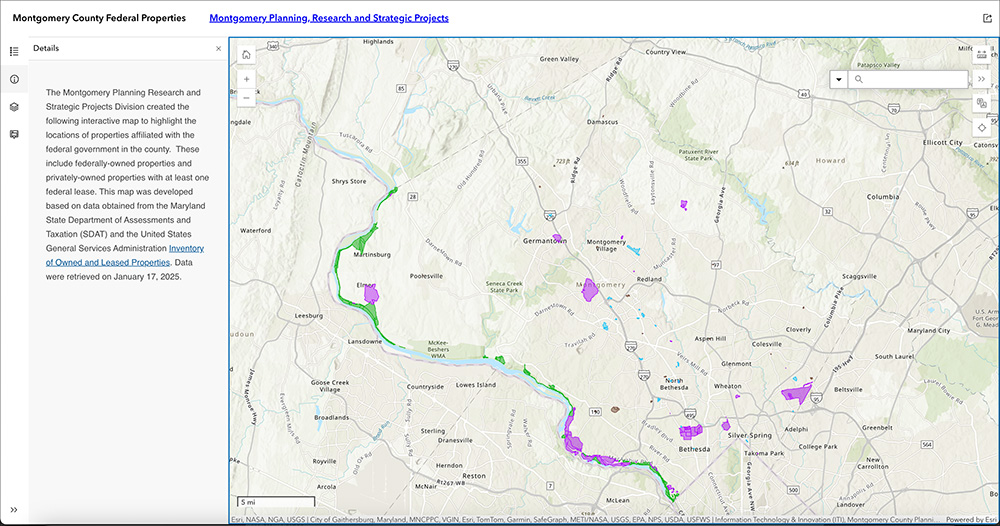
The recent downsizing of federal agencies is having a real and immediate impact on Montgomery County—displacing workers and leaving many with uncertain futures. These changes are difficult, especially for those whose livelihoods have long been tied to federal employment. At the same time, this moment calls on land use planners to think strategically about what comes next, as it may no longer be a given that the federal government will occupy the same building and campus footprints that it has in the past. If certain federal properties are no longer needed for government use, we may have an opportunity to reimagine how these sites could serve our communities in new ways. This blog provides an overview of federal property … Continue reading
